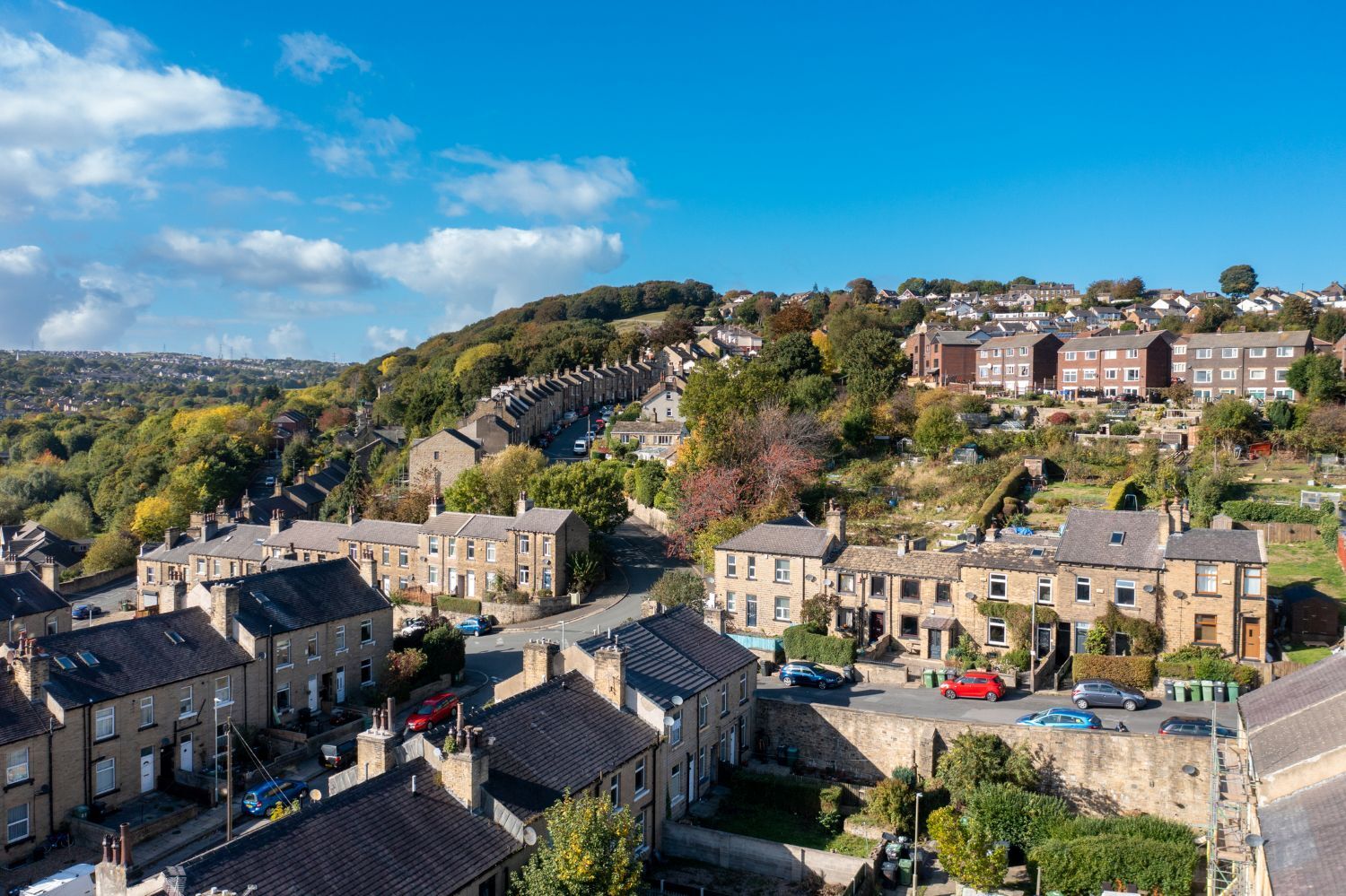Understanding Stamp Duty and the Changes Coming in 2025
The Stamp Duty Land Tax (SDLT), often known as Stamp Duty, applies to property or land purchases in England and Northern Ireland. Whether you’re a first-time buyer, buying your next home or a property investor, grasping the Stamp Duty rules and upcoming changes is essential to navigate the property market.
What is Stamp Duty?
Stamp Duty is payable on property or land transactions above a specific value. The amount you owe depends on factors such as the property price, your residency status, and individual circumstances—like whether you're a first-time buyer, replacing your main residence or buying a second property.
Currently, Stamp Duty rates vary based on property prices, with higher rates for more expensive properties. First-time buyers often receive discounted rates, while purchasers of second homes face increased rates.
Temporary Increase in Stamp Duty Thresholds
In September 2022 the UK Government temporarily raised Stamp Duty thresholds to support the property market post-pandemic, with this relief set to expire on 31st March 2025. After this date, the thresholds will revert to previous, lower levels.
If you are considering a property purchase before the end of March 2025, this change presents an opportunity for potential savings. With the average property transaction taking 16 weeks from offer acceptance to completion, acting sooner rather than later is advisable to avoid missing the deadline.
Impact of Changes on Buyers
Main Residential Properties:
When the thresholds revert to their previous levels in April 2025, the tax bands will return to pre-September 2022 levels, potentially increasing Stamp Duty costs for many. For example, a typical buyer could save approximately £2,500 by completing their purchase before the new thresholds are reinstated.
Currently, first-time buyers can purchase homes valued up to £425,00 while benefitting from Stamp Duty relief. However, in April 2025, this limit will drop to £300,000, impacting many first-time buyers, especially in higher-priced areas.
Currently, a purchase of up to £250,000 has a 0% Stamp duty rate, from 1st April 2025 this rate will only apply to properties that are £125,000 or under meaning many purchasers will now have to pay Stamp duty.
Second Properties:
The budget saw the government recently raise Stamp Duty rates on second homes and buy-to-let properties, adding a 5% surcharge on top of existing rates as of 31st October. This increase will result in significantly higher costs for second-property buyers, potentially influencing decisions for investors or those buying holiday homes.
If you plan on buying a property soon, consider doing so before the end of March 2025 to avoid higher Stamp Duty costs. These changes affect all buyers, particularly first-time buyers, so understanding their implications for your purchase is essential.
If you have any questions about how the upcoming changes will affect you or need advice on navigating Stamp Duty, our team of experts are here to help. Feel free to get in touch for more information.






